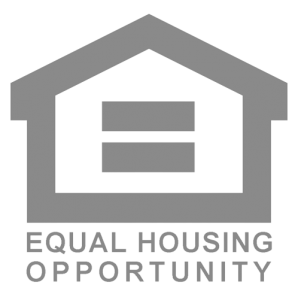The numbers in the Multifamily industry are increasing by $52.7 billion dollars experiencing considerable strength and anticipating continued demand according to CBRE Research´s late U.S Multifamily Figures report.
While capital continues to flow from both domestic and foreign sources, the targets seem to be shifting. Investors find strong non-coastal markets more acceptable than ever and there is also a growing trend toward favoring ESG-compliant assets, especially from European investors.
The investment strategy relies on seeking between risk and reward. Something to have in mind is that Class A assets in urban areas represent a huge amount of opportunities because of the pandemic-led have the most favorable Outlook in the near and médium term.
Demand also is outpacing supply in most major markets. Over the past year, the major Florida metro áreas added 34,200 units with net absorption of 50,500 units. The south área of the country delivered 51,400 units with net absorption at 60,400 units.
The multifamily sector accounted for 36.6% of total commercial real estate volume in the first half of the year, followed by industrial at 20.6% and office at 18.9%.
Trends to watch
Single-family rentals are rising
The single-family rental market will gain traction with both renters and investors as more millennials reach child-rearing life stages. Urban apartment operators will rely more on Gen Z to backfill the resulting vacancies.
Return to the office will make de demand in the urban zone will go up
Rising office occupancy will boost urban multifamily demand. The estimate is that workers will spend an average of 3.4 days per week in the office going forward. While living near the office may not be as important in the future, it will remain a key consideration for many renters and building owners.







